In the resistance war against the French colonialists, the Dien Bien Phu victory dealt a decisive blow, destroying the strongest stronghold in Indochina. Through 56 days and nights of “unflinching courage and unwavering will”, together with the army and people of the whole country, the Dien Bien soldiers of the past contributed to the great victory in history.
 Veteran Pham Ba Mieu, Tan Thanh ward, Dien Bien Phu city - who participated in the capture of historic hill A1.
Veteran Pham Ba Mieu, Tan Thanh ward, Dien Bien Phu city - who participated in the capture of historic hill A1.
With the desire to see with our own eyes A1 hill, Him Lam hill, De Castries bunker, the campaign headquarters in Muong Phang... we - reporters of Thanh Hoa Newspaper were present in Dien Bien province in the first days of historic March. After 70 years of victory, on the old battlefield, Dien Bien Phu city of the new day still "embraces" the heroic tradition and memories. Before setting off to the places marking the heroic victory of our army and people in the Dien Bien Phu campaign, our group returned to the A1 Martyrs' Cemetery to burn incense and pay respect to the heroic martyrs, letting our souls follow each silent bell ringing, suddenly each person's heart was filled with emotions that are difficult to express in words.
To better understand the war, the fierce battles for every inch of land, every meter of trench, in addition to visiting the heroic vestiges that remain, we went to meet veteran Nguyen Huu Chap, Him Lam ward, Dien Bien Phu city. Over 90 years old, his eyes are dim, his limbs are also weaker, but his memory is still very good. When talking about the past days of his life, his voice is still hearty, clear and full of pride. Veteran Nguyen Huu Chap said: In early 1954, my unit received orders to participate in the Dien Bien Phu campaign. In this campaign, the 82mm mortar battery of the 312th Division, of which I was the battery commander, was assigned the extremely important task of attacking and destroying the Him Lam stronghold. If Dien Bien Phu is an "impregnable fortress", the Him Lam resistance center is the "steel door" built by the French with an extremely solid and sturdy defense system. To approach the Dien Bien Phu stronghold, one must pass through this "steel door".
To create a surprise, the 82mm Mortar Battalion was ordered to dig an underground tunnel from Ta Leng to Him Lam Hill day and night. When the tunnel was completed, the 82mm Mortar Battalion received the order to fight on March 13, 1954. The superiors' order required a real surprise to neutralize the enemy and completely destroy the Him Lam stronghold. With the determination to win the first battle, not lose and not let it drag on to the next day, my entire squad wrote a letter ready to volunteer to complete the mission. Everyone was looking forward to the moment of firing, opening the campaign, veteran Nguyen Huu Chap excitedly recounted.
With deep pride, veteran Nguyen Huu Chap continued: At exactly 5:05 p.m. on March 13, 1954, General Vo Nguyen Giap ordered the "historic campaign to begin", the 82mm mortar battery and artillery of our army focused on attacking the Him Lam stronghold. Being attacked unexpectedly, the French army was confused and frightened. Taking advantage of the moment when the enemy was stunned and had not yet reacted, our infantry units continued to attack. After just over 5 hours of fighting, our division completely controlled the Him Lam resistance center, creating a favorable opportunity for our troops to attack and destroy the enemy's outer strongholds of Doc Lap and Ban Keo, ending the first attack. After the Him Lam battle, our 82mm mortar battery dug trenches, consolidated fortifications, surrounded the enemy's position, and then continued to receive the task with other units to fight until the Dien Bien Phu campaign was completely victorious.
The battle at Hill A1 was the fiercest, longest and most sacrificial battle in the Dien Bien Phu campaign. To be able to feel the heroic spirit of a time of "firestorm" at the "death door" at the final peak, veteran Pham Ba Mieu, Tan Thanh ward, Dien Bien Phu city spent a long time sharing with us. Former squad leader Pham Ba Mieu recalled: At the end of 1953, my unit was Company 315, Battalion 249, Regiment 174, Division 316, ordered to withdraw from Laos to participate in the Dien Bien Phu campaign. At that time, I was the squad leader. When we arrived at Dien Bien, our task was to dig trenches from the shelter to the battlefield. Digging trenches and building the battlefield was also a battle. The soldiers had to bury themselves in wet mud, lack of air, suffocating, while above, the enemy troops were constantly scouting and firing. But with great determination and hatred, our army dug and connected trenches to the enemy's position.
 Veteran Nguyen Huu Chap, Him Lam ward, Dien Bien Phu city - participated in the battle of Him Lam, the opening battle of the Dien Bien Phu campaign.
Veteran Nguyen Huu Chap, Him Lam ward, Dien Bien Phu city - participated in the battle of Him Lam, the opening battle of the Dien Bien Phu campaign.
Having completed the task of digging trenches, at the end of March 1954, Mr. Mieu's unit was assigned to open fire to attack Hill A1. Due to its particularly important location, the French army built this place into the strongest resistance nest in Dien Bien Phu with a system of secret, solid underground tunnels and a very strong firepower arrangement. Recalling the arduous, fierce but heroic days, Mr. Mieu continued: The battle to destroy the enemy at Hill A1 was the fiercest battle and the one with the most sacrifices. During the defense and the attack, as one person fell, another rushed forward. To completely resolve Hill A1, we developed a plan to "fight a tunnel with a tunnel". After 15 days and nights of sweat and tears, my unit and the engineering unit completed a 47m long underground tunnel and placed a 960kg explosive block close to the enemy's underground tunnel. At exactly 8:30 p.m. on May 6, 1954, the explosive block was ordered to fire. The powerful explosion of the explosives destroyed the surrounding bunkers and trenches and destroyed part of the French 2nd Airborne Company. At this time, the remaining enemy troops were very weak in their resistance. Taking advantage of the victory, the 174th Regiment simultaneously charged, dividing into two wings to advance up the hill, forming a siege of the French troops. Our troops from all directions took turns capturing the remaining targets, breaking the enemy's counterattacks, creating a springboard for soldiers to attack the De Castries bunker. On May 7, 1954, our troops marched straight into the enemy command post, raising the victory flag. At the end of the Dien Bien Phu campaign, Mr. Mieu was honored to be awarded the Dien Bien Phu Soldier Badge. The badge is now old and faded, but it is a souvenir that he has carefully preserved for the past 70 years.
During this working trip to Dien Bien province, we were fortunate to attend the gratitude ceremony to celebrate the 70th anniversary of Dien Bien Phu victory organized by the People's Committee of Dien Bien province. At the gratitude ceremony, many cadres, soldiers of Dien Bien and former youth volunteers interacted and shared their memories and special memories when participating in the campaign. In the fierce battle that year, many of their comrades fell, sacrificing their youth and lives to gain independence and freedom for the nation. Their blood soaked every inch of land, every meter of trench, blending into the beloved motherland of Dien Bien. More fortunate than their comrades, the veterans and former youth volunteers that year returned after the war, in their minds they could never forget the "fiery" Dien Bien Phu battlefield of that year.
Article and photos: To Phuong
Source



![[Photo] Closing of the 11th Conference of the 13th Central Committee of the Communist Party of Vietnam](https://vstatic.vietnam.vn/vietnam/resource/IMAGE/2025/4/12/114b57fe6e9b4814a5ddfacf6dfe5b7f)



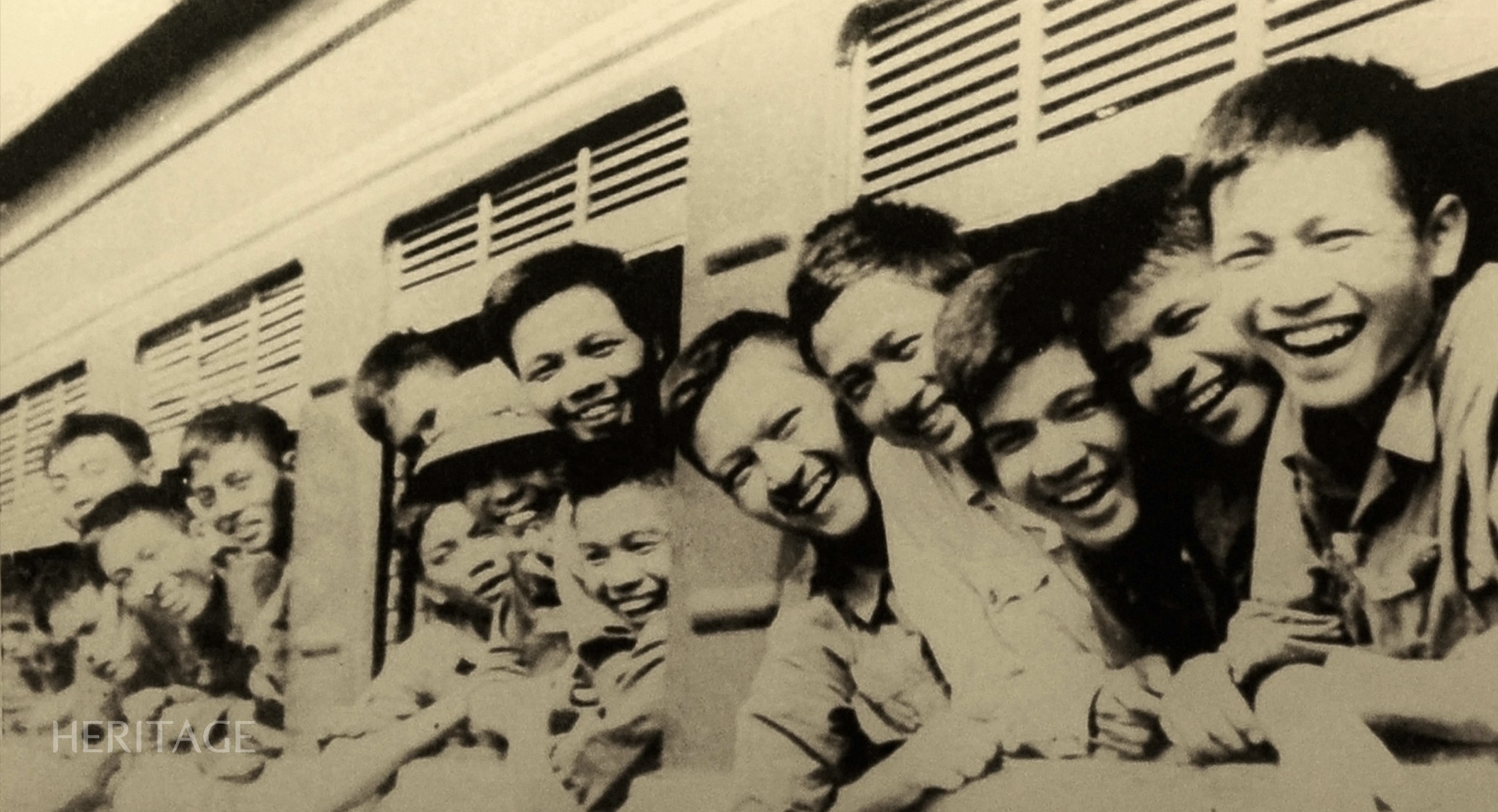




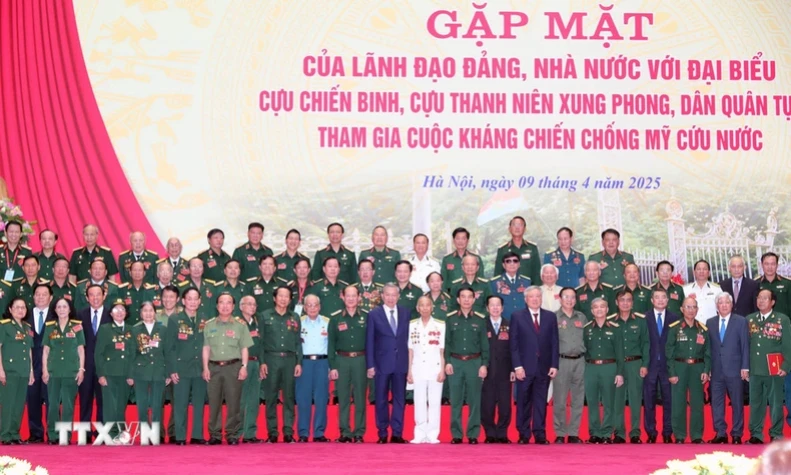

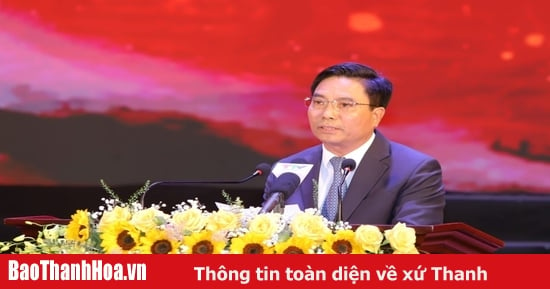

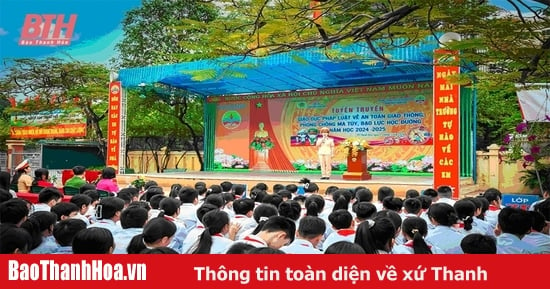
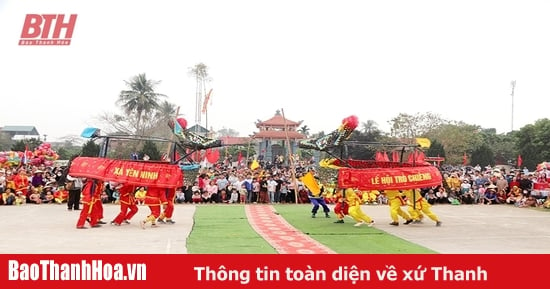
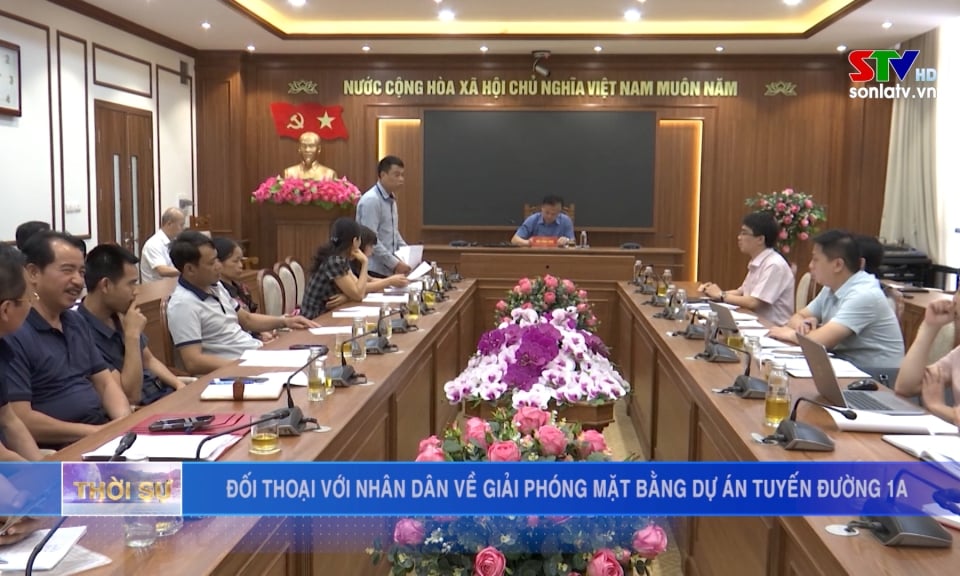
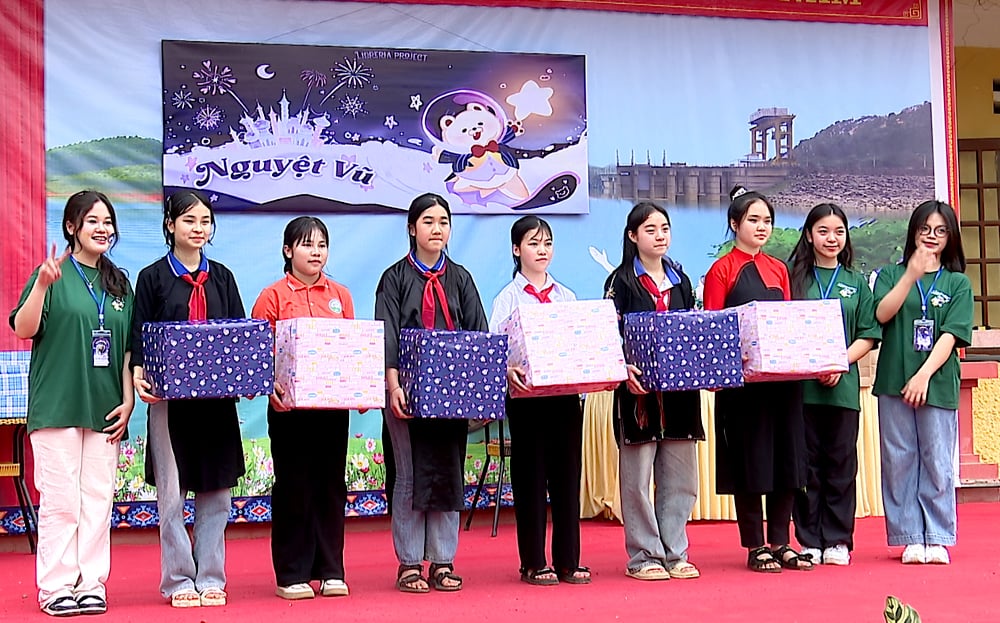
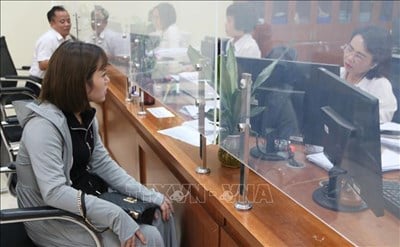
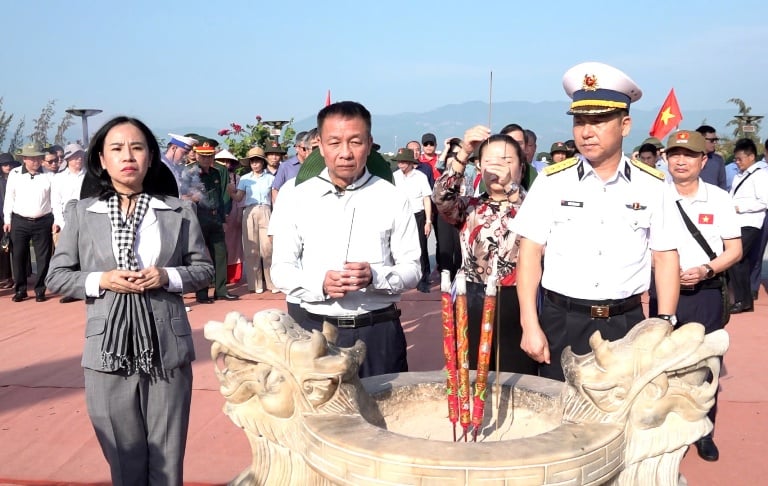




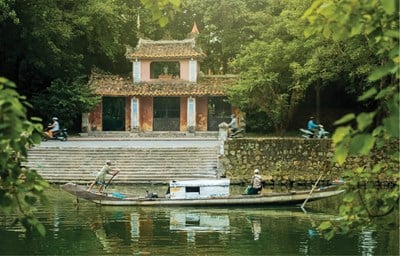
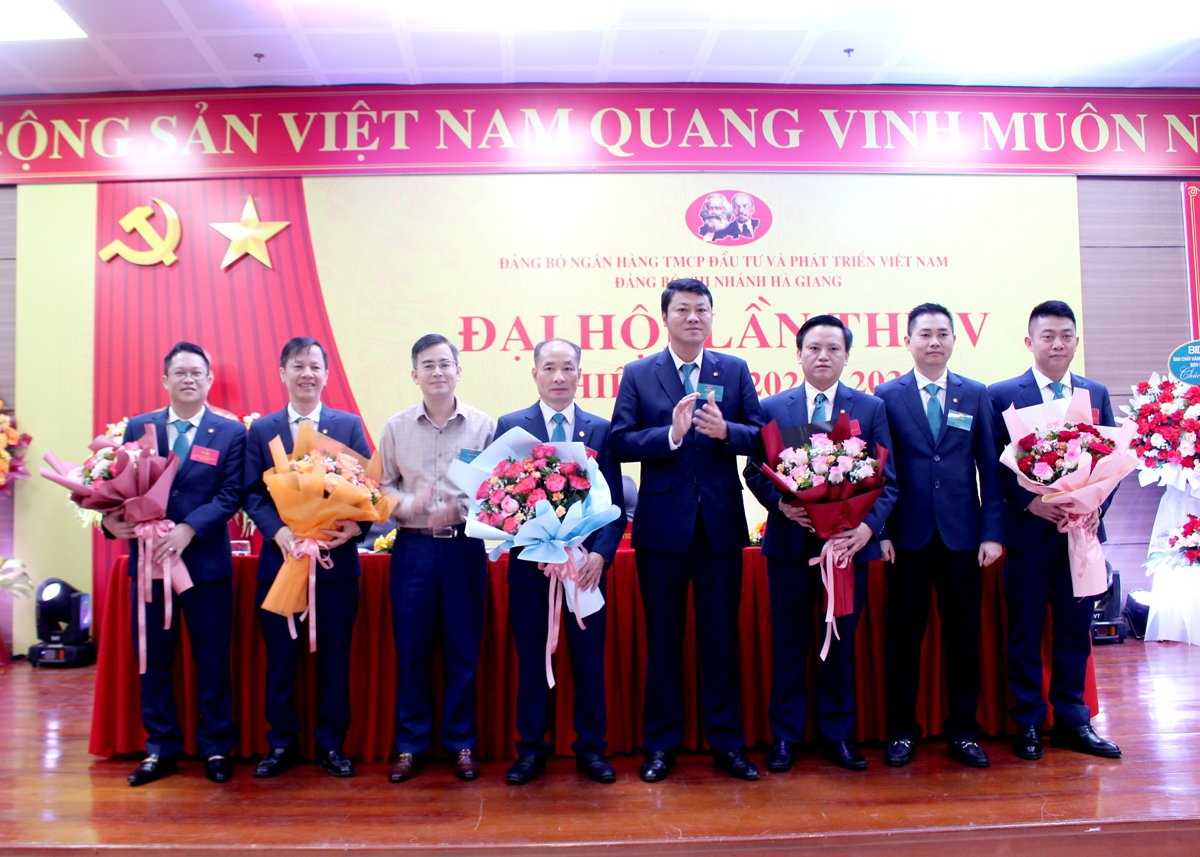

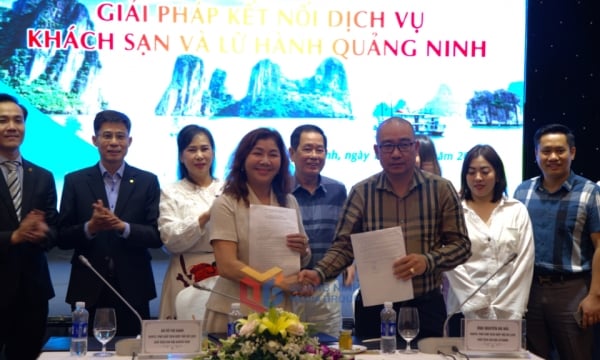
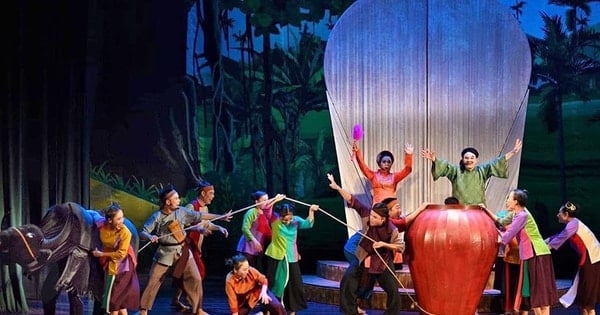
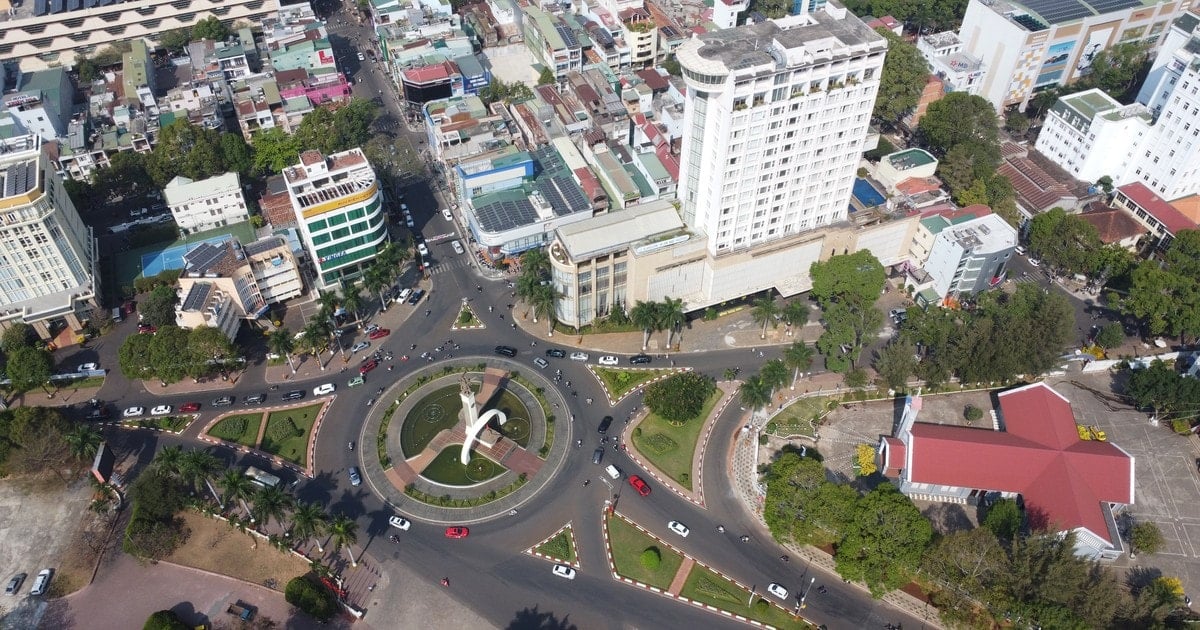
![[Photo] Overcoming all difficulties, speeding up construction progress of Hoa Binh Hydropower Plant Expansion Project](https://vstatic.vietnam.vn/vietnam/resource/IMAGE/2025/4/12/bff04b551e98484c84d74c8faa3526e0)































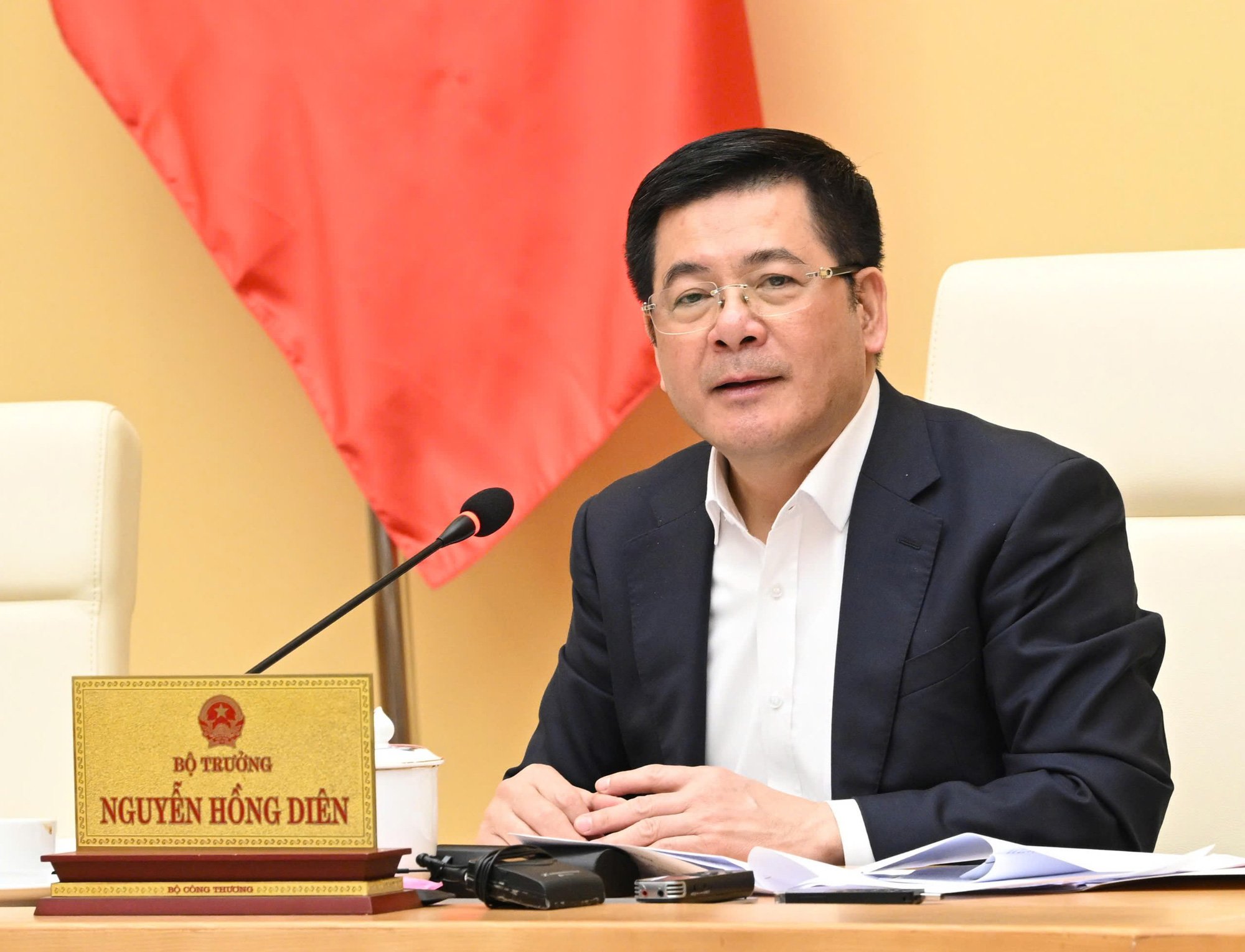
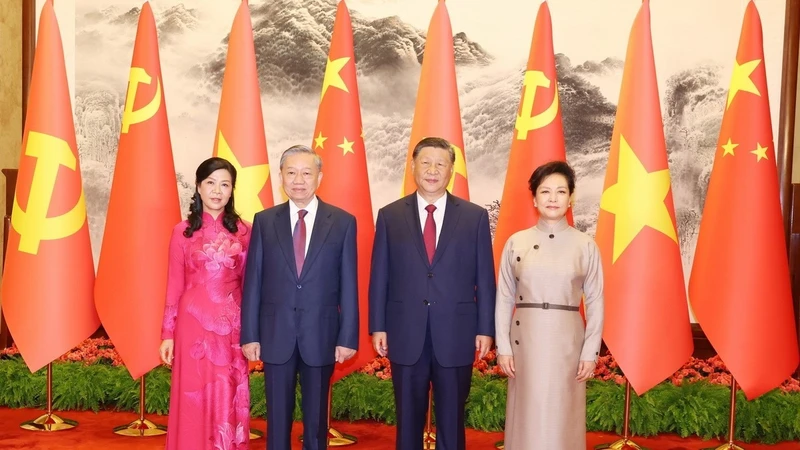














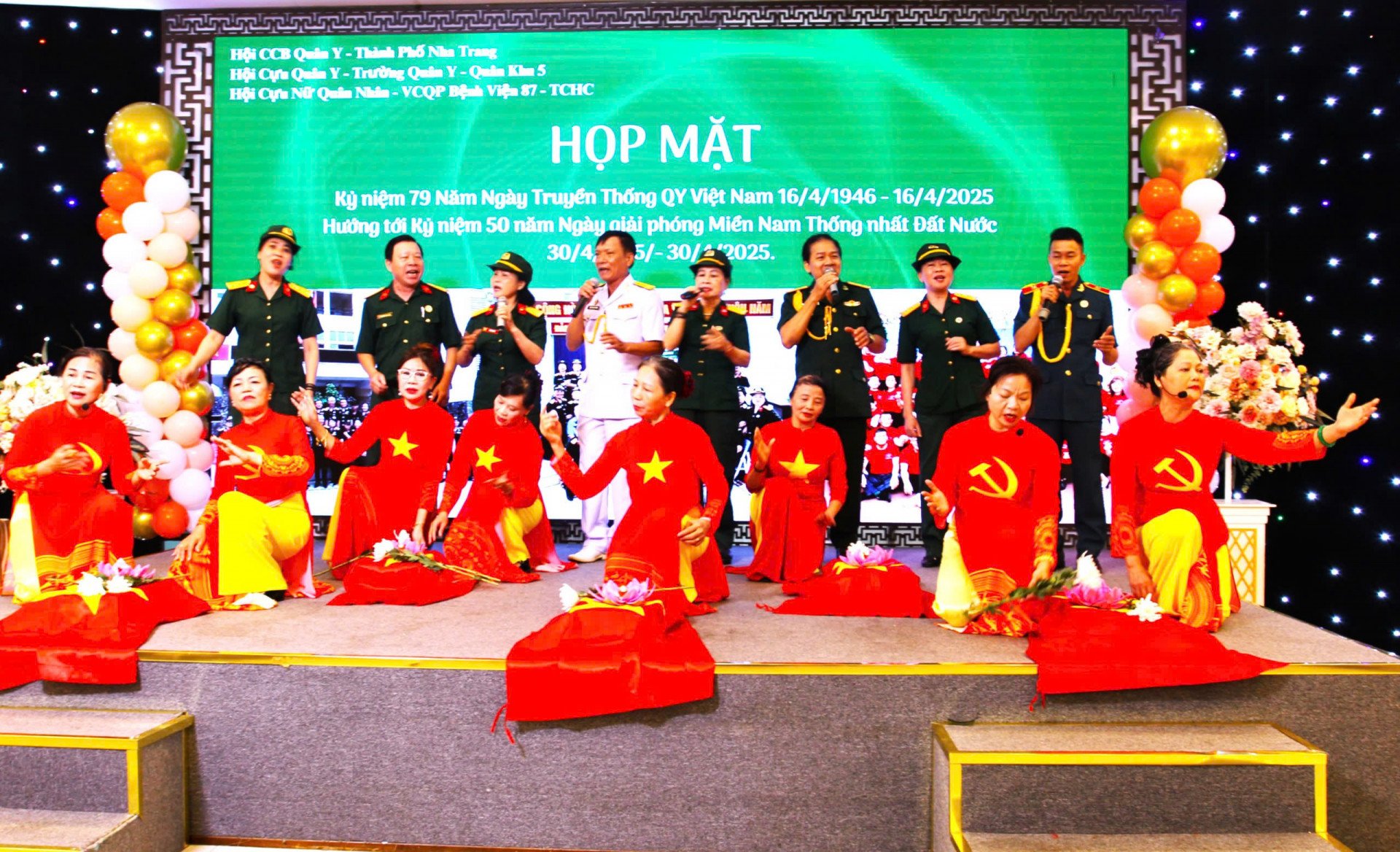










Comment (0)